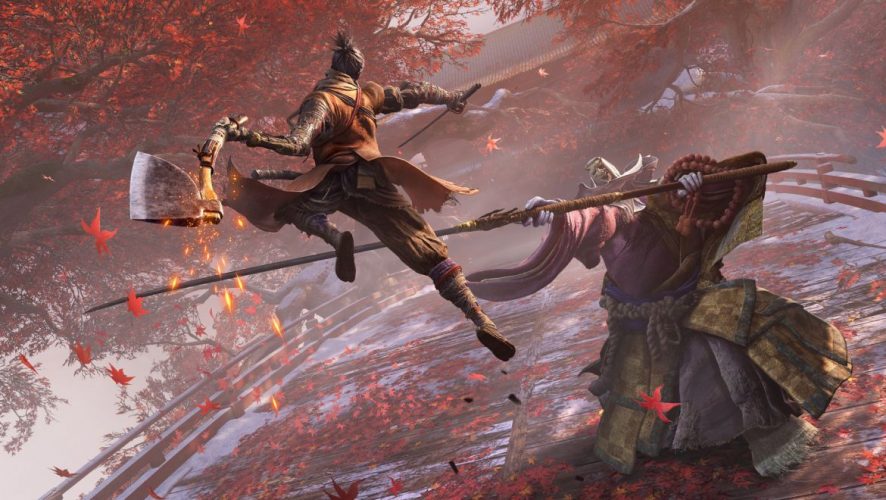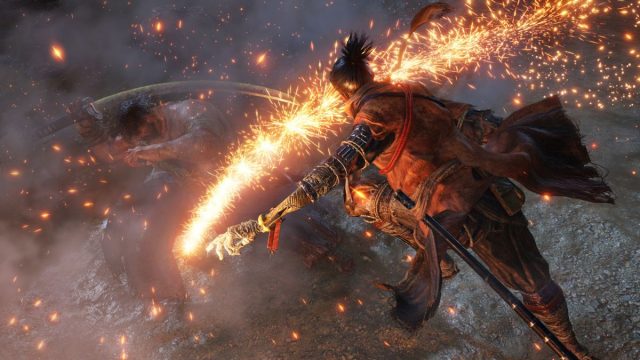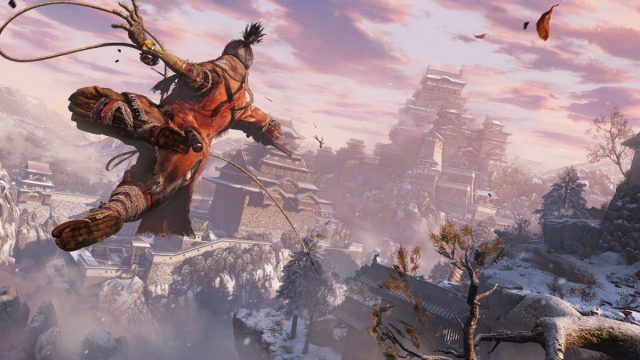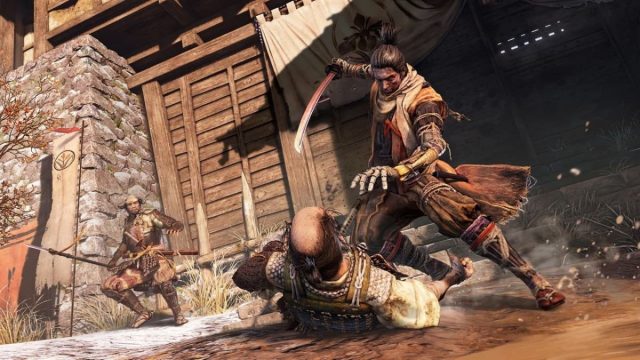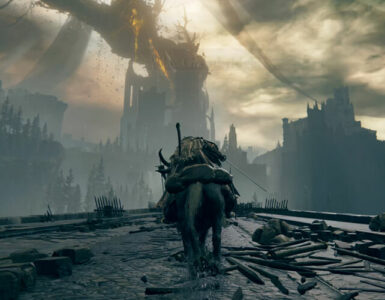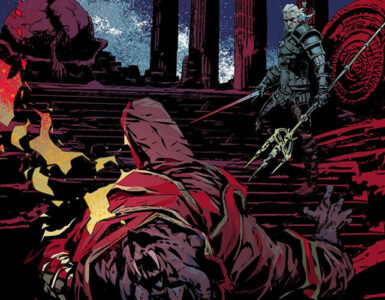Access all of our TGS 2018 coverage here!
FromSoftware and tough-as-nails titles are seemingly a pair made in heaven. The team has repeatedly subjected players to excruciating frustration, anger and exasperation across the Souls series and Bloodborne, but where one’d think that wouldn’t fall into the latter’s good graces, the Japanese studio’s masterful storytelling and game design craft have garnered the respect and recognition of the gaming community.
Now, they are known to be one of the more beloved studios in the world, which makes the hype surrounding their upcoming shinobi epic, Sekiro: Shadows Die Twice, hardly a surprise. In fact, the response elicited is very much expected, especially after the announcement and reveal of the Collectors’ Edition at Gamescom 2018.
That was also when the gameplay experience and a more in-depth glimpse of the in-game world were gleaned. While it’s set to possibly feature an even higher difficulty level than both the Dark Souls franchise and Bloodborne, the action RPG is actually nothing like the two, and seems to borrow elements from the fighting game genre – an uncharted territory of sorts for the team. Bringing the same build over to Tokyo Game Show (TGS) 2018 saw it impressing first-timers (like us!) and once again living up to its impression of being a great AAA game.
The idea of fighting game-like mechanics is definitely not evident from the premise alone. Sekiro: Shadows Die Twice follows the story of a mysterious ninja who’s been resurrected as he embarks on a quest for vengeance. A silent, stoic assassin, he’s more than willing to slaughter those all in his path that run the gamut from enemy samurai to unpleasant-looking beasts, against the beautiful backdrop of Sengoku-era Japan.
Where the DNA of fighting games shines through, however, is in combat. FromSoftware’s titles have always placed heavy emphasis on timing and precision, but it feels different here. With an added depth to battle planning, there’s the increased need to analyse and study the attack patterns of your opponent, landing and parrying strikes at the right time, as well as gauging the perfect distance to bow out of combat, or dive back in again. It may sound easy in theory, but if you have dabbled in fighting games, you’ll know just how difficult it is to execute everything flawlessly.
The most significant difference between this and the Souls series is the swapping out of the signature stamina bar for an orange meter in the centre of the screen, in addition to the usual health bar. It serves a similar purpose to Street Fighter’s stun metre; instead of getting stunned, however, players are given a window of time to land a devastating blow when the gauge is filled. This makes it easier to bring down the bigger, badder foes, though putting those skills to practice takes quite a fair bit of time.
Fortunately, Sekiro: Shadows Die Twice provides sufficiently more creative freedom in combat than FromSoftware’s other titles. With the katana acting as the main weapon, sword clashes are very common, but there’s the choice to spice it up with the secondary weapons housed in the protagonist’s prosthetic, all of which can be switched on the fly. The grappling hook, in particular, is heavily reminiscent of Batman’s Grapnel Gun in the Arkham series, and can be used to launch the player character onto rooftops before dropping in for the kill – a refreshing change from the straightforward approach found in the Souls games.
And if you die? Well, the game’s called Shadows Die Twice for a reason, since players can actually die twice before being transported back to the last checkpoint. Here’s how it works: as their health depletes to zero, the game will offer the option of either death or resurrection. Choosing the former leads back to the checkpoint, while the latter sees them standing their ground again and continuing the fight.
In a sense, it’s like a second chance, but not quite. Upon death, all enemies, bosses included, will become passive and walk off, which means enthusiasts can leverage on the mechanic to spring a surprise attack as they are resurrected, or y’know, walk in and die all over again – after Dark Souls, one’d have grown immune to it anyway.
Hidetaka Miyazaki, director of Sekiro, shared that “Shadows Die Twice” also carries a deeper meaning, but it won’t be revealed just yet.
Another interesting feature of the game is the option to activate something with the potential to turn the tables around after taking sufficient damage – a handy tool that appears to be a nod to the comeback mechanics found in fighting games.
So is there no hope for casual players to enjoy Sekiro, since it is expected to be such a difficult game? According to Miyazaki, he considers himself a casual player too. So this time round, he says he is going to have the game balanced just right for his skill level. His team is making a conscious effort not to make the game more difficult, but rather want to give players more options to approach a fight. The lack of choice in difficulty appears to signify that direction.
Be it attacking with a sword up close, shooting projectiles from far, or making us of the vertical terrain strategically, you have all the tools you need.
He then concluded, “If I can do it, so can the players.”

